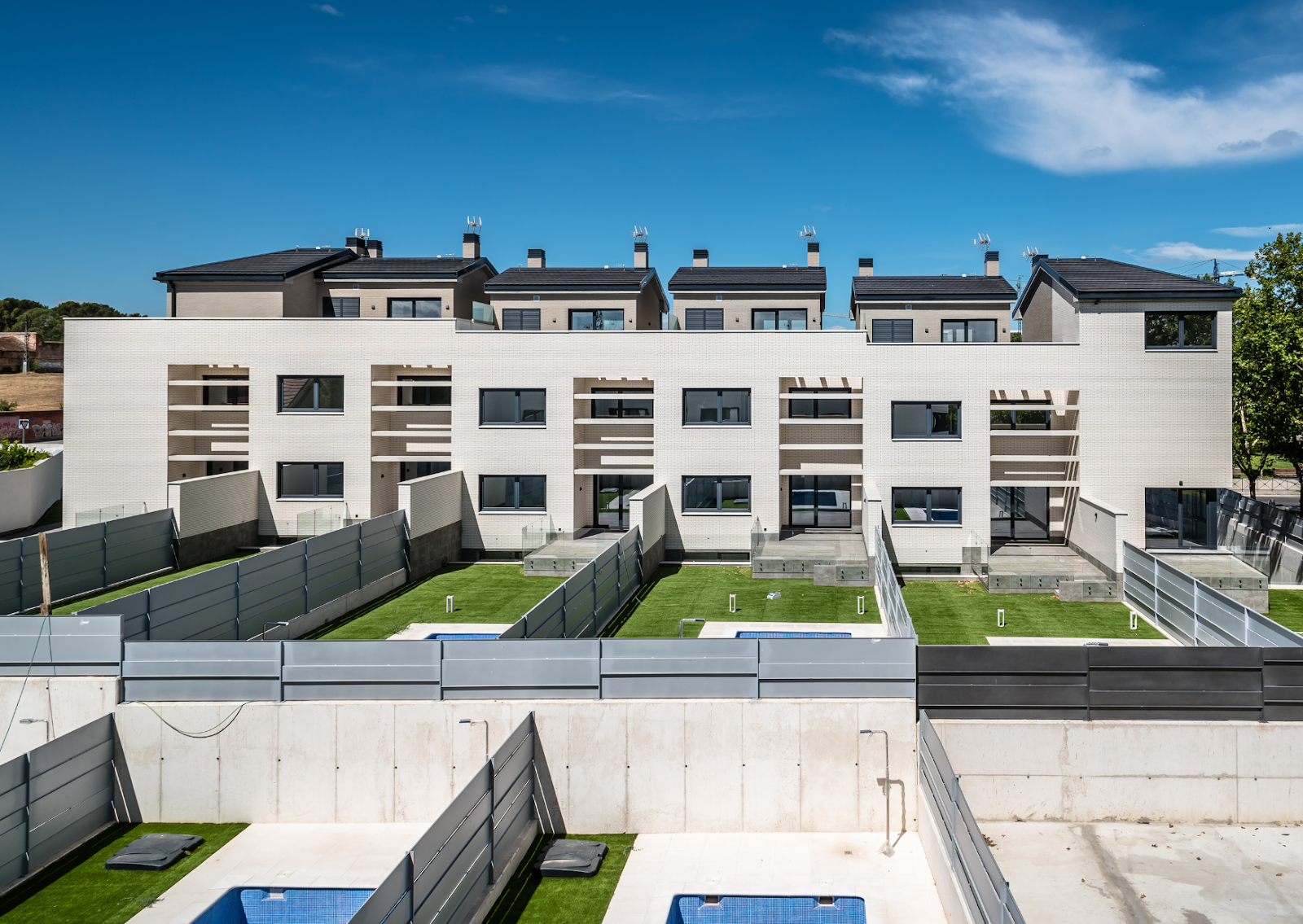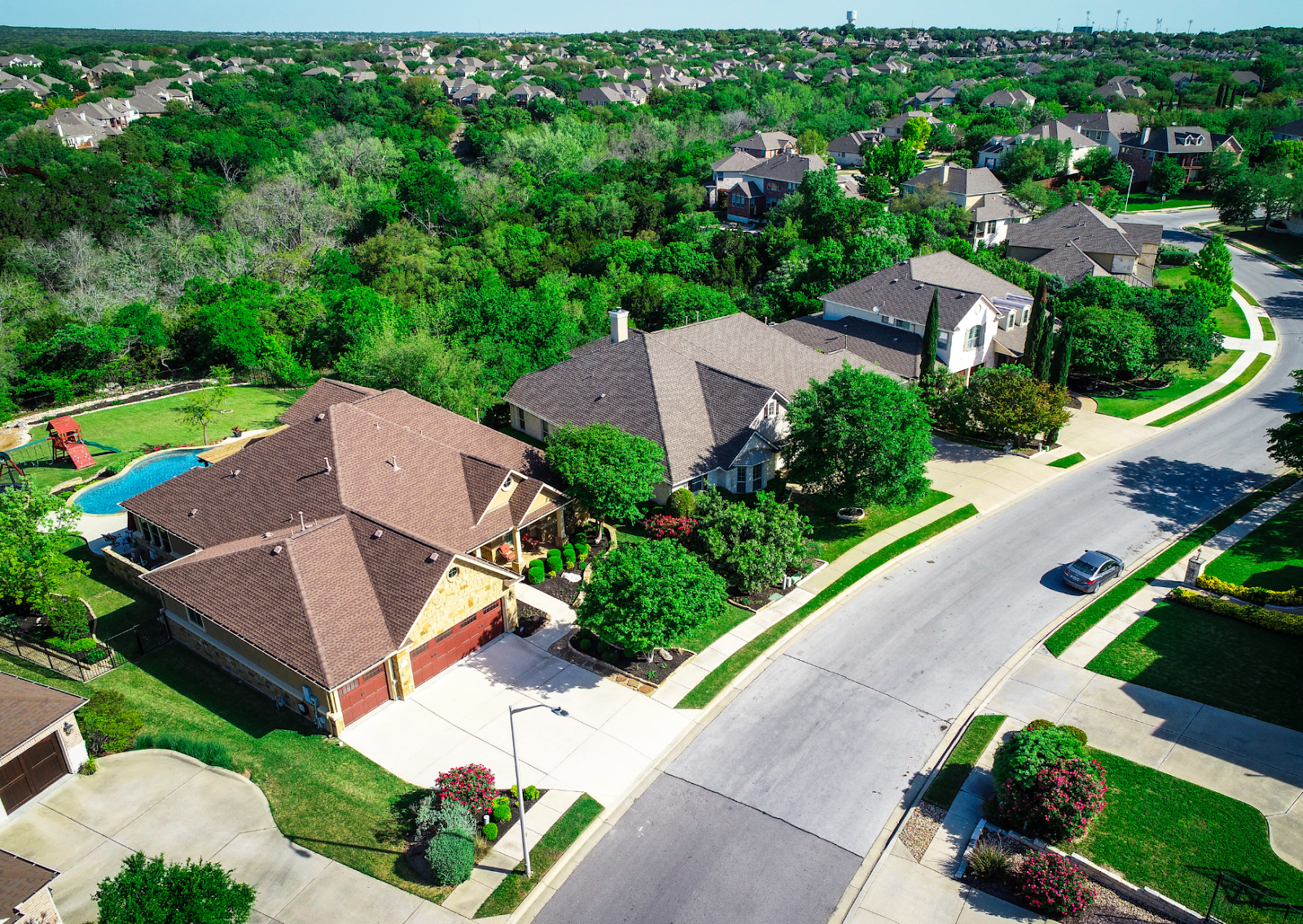What Is the Fundamental Difference Between Engineer and Architect?
When it comes to building design and construction, the difference between engineer and architect often lies in their primary focus. While architects design the visual and functional aspects of buildings—like layouts, aesthetics, and spatial flow—engineers oversee the technical, structural, and safety aspects.
In simple terms, architects create the blueprint, and engineers ensure that the blueprint can become a safe, stable reality. For example, an architect may imagine a glass-walled skyscraper, while the engineer calculates how wind loads will affect those walls or how the foundation must be reinforced. Both roles are essential, but they serve different parts of the same goal.
How Do the Duties of Engineers and Architects Differ on Projects?
Understanding the distinct duties of each profession helps clarify their value in construction:
- Architects:
- Focus on building aesthetics, usability, and client needs.
- Handle zoning laws, interior layouts, and material selection.
- Lead initial project vision and schematic design.
- Focus on building aesthetics, usability, and client needs.
- Engineers:
- Concentrate on structural soundness and compliance.
- Develop mechanical, electrical, and civil engineering solutions.
- Calculate loads, material stress, energy systems, and safety requirements.
- Concentrate on structural soundness and compliance.
While architects design spaces that are inspiring and functional, engineers ensure those designs meet building codes, withstand natural forces, and operate efficiently. Their work is tightly intertwined throughout each phase of construction.
What Skills Set Engineers Apart from Architects in Construction?
Though architects and engineers often collaborate, they possess different skills that complement each other:
- Architects:
- Creative and conceptual thinkers.
- Skilled in 3D modeling, design software (AutoCAD, Revit).
- Strong understanding of human-centric design.
- Creative and conceptual thinkers.
- Engineers:
- Highly analytical and math-driven.
- Proficient in technical software like MATLAB, STAAD Pro.
- Mastery of physics, materials science, and load calculations.
- Highly analytical and math-driven.
In Los Angeles, where modern architecture often meets seismic challenges, engineers must also have extensive experience in structural stability for earthquake resilience—a key regional consideration.
How Does Architectural Engineering Bridge the Gap Between Both Fields?
Architectural engineering is often viewed as the hybrid of both professions. While not as widely known, this career path blends creative and technical disciplines.
An architectural engineer works alongside both architects and civil engineers to:
- Integrate building systems (HVAC, lighting, plumbing).
- Enhance energy efficiency and performance.
- Ensure seamless integration of design and infrastructure.
In high-performance commercial buildings in Los Angeles, architectural engineering is becoming more essential due to the demand for sustainability and advanced systems integration.
How Do Civil Engineers Contribute to Los Angeles Construction Projects?
Civil engineers play a critical role in shaping the city of Los Angeles. Their focus spans infrastructure, site development, and environmental engineering. Unlike architects who design structures above ground, civil engineers often manage:
- Site preparation and grading.
- Utility planning and stormwater management.
- Roadways, bridges, and transit systems.
In a city known for its sprawling layout and environmental challenges, civil engineering is foundational to progress. Firms in L.A. commonly hire civil engineers for hillside developments, flood management, and freeway expansions.
What Role Do Architects Play in Designing Urban Spaces in Los Angeles?
Architects are the visionaries behind much of L.A.’s iconic skyline—from modern glass towers downtown to adaptive reuse projects in the Arts District. In urban planning contexts, their responsibilities extend to:
- Designing public spaces and plazas.
- Preserving cultural landmarks through historic adaptive reuse.
- Coordinating with city planning departments and stakeholders.
Los Angeles architects often incorporate cultural identity, local history, and environmental sustainability into their projects, creating neighborhoods that are not only livable but memorable.
Why Is Collaboration Between Engineers and Architects Crucial in Design?
Great buildings aren’t created by architects or engineers alone—they’re born through collaboration. From the early design phase to final construction, both professionals must align on:
- Project scope, timeline, and materials.
- Sustainability goals and green building standards (e.g., LEED).
- Compliance with California building codes and energy laws.
They often work in tandem using Building Information Modeling (BIM) software to prevent errors, avoid cost overruns, and maintain quality control. In the fast-paced environment of Los Angeles construction, misalignment between these two roles can lead to costly redesigns and safety issues.
What Are the Educational Paths and Degrees for Engineers and Architects?
The road to becoming an engineer or architect typically begins with distinct academic degrees:
- Engineers:
- Bachelor’s in Civil, Mechanical, or Structural Engineering.
- Required to pass the FE and PE exams for licensing.
- Continuing education in specialized engineering fields.
- Bachelor’s in Civil, Mechanical, or Structural Engineering.
- Architects:
- Bachelor’s or Master’s in Architecture.
- Must complete an intern development program (IDP).
- Required to pass the Architect Registration Examination (ARE).
- Bachelor’s or Master’s in Architecture.
Both roles involve years of training, hands-on experience, and continuing education, especially in a complex city like Los Angeles where regulations evolve frequently.
How Are Sustainable Design and Green Construction Handled Differently?
In Los Angeles, where climate action plans are part of city-wide goals, both architects and engineers are expected to practice sustainable design. However, they approach it differently:
- Architects may:
- Use passive design strategies to reduce energy loads.
- Incorporate natural light and ventilation.
- Select recycled or local materials.
- Use passive design strategies to reduce energy loads.
- Engineers may:
- Design high-efficiency mechanical systems.
- Optimize building envelopes and thermal insulation.
- Incorporate renewable energy systems like solar panels.
- Design high-efficiency mechanical systems.
Together, they support the city’s move toward net-zero buildings, water conservation, and healthier urban environments.
What Makes Engineering and Architecture Careers Unique in Los Angeles?
Few cities offer the design diversity and engineering challenges found in Los Angeles. The city’s building codes are among the strictest due to:
- Seismic zones requiring advanced structural systems.
- Historic neighborhoods needing preservation.
- High-rise developments demanding innovation and precision.
Careers in engineering and architecture here are shaped by this blend of risk and reward. Whether you’re working on high-end residential towers in Beverly Hills or public transit systems near South L.A., each job presents a chance to push professional boundaries.
Why Choose a Trusted Architecture and Engineering Firm?
Looking to build in Los Angeles? Partner with experts who bridge design and technical excellence. MID Construction Group offers end-to-end engineering and architecture services—from planning and permits to structural execution. Whether your project is commercial, residential, or civic, their team of architects and engineers collaborates to deliver innovation, compliance, and value at every stage. Call now!
Final Thoughts
The difference between an engineer and an architect is not about competition—it’s about collaboration. Both roles are indispensable to shaping safe, beautiful, and efficient structures in a complex urban setting like Los Angeles. With knowledge of their unique duties, career paths, and strengths, clients and stakeholders can make better decisions when hiring for their construction projects.
Whether you’re designing a home, building a bridge, or launching a multi-use development, understanding how architects design and engineers focus will ensure that vision and structure rise in harmony.
Works Cited
- American Society of Civil Engineers. “What Do Civil Engineers Do?” ASCE, www.asce.org.
- National Council of Architectural Registration Boards. “Architect Licensure.” NCARB, www.ncarb.org.
- U.S. Bureau of Labor Statistics. “Architects.” BLS Occupational Outlook Handbook, www.bls.gov/ooh/architecture-and-engineering/architects.htm.
- U.S. Bureau of Labor Statistics. “Civil Engineers.” BLS Occupational Outlook Handbook, www.bls.gov/ooh/architecture-and-engineering/civil-engineers.htm.
- U.S. Green Building Council. “What is LEED?” USGBC, www.usgbc.org/leed.
- MID Construction Group. “Architecture and Engineering Services.” www.midconstruction.com.
Frequently Asked Questions
What is the main difference between an engineer and an architect?
Architects focus on the aesthetics, layout, and user experience of a building, while engineers concentrate on the technical and structural elements to ensure safety and functionality. Architects design the space; engineers make sure that design can stand and operate effectively.
Can engineers and architects work on the same project?
Yes. In fact, most construction projects in Los Angeles—and beyond—rely on close collaboration between architects and engineers. While architects create the design vision, engineers work out the technical details to bring it to life safely and legally.
What does an architectural engineer do?
An architectural engineer bridges the gap between design and engineering by integrating building systems like HVAC, lighting, and energy solutions. This role supports both architectural intent and structural requirements, making it vital in complex commercial projects.
How are sustainable building practices handled by engineers and architects?
Architects typically lead the charge in passive design strategies—like using natural light and choosing eco-friendly materials—while engineers develop energy-efficient systems and integrate renewable technologies such as solar or efficient HVAC
Why is Los Angeles a unique city for architecture and engineering careers?
Los Angeles presents both design freedom and engineering challenges. Earthquake safety requirements, diverse building types, and rapid urban development make it a city where architects and engineers must innovate together on every project.





